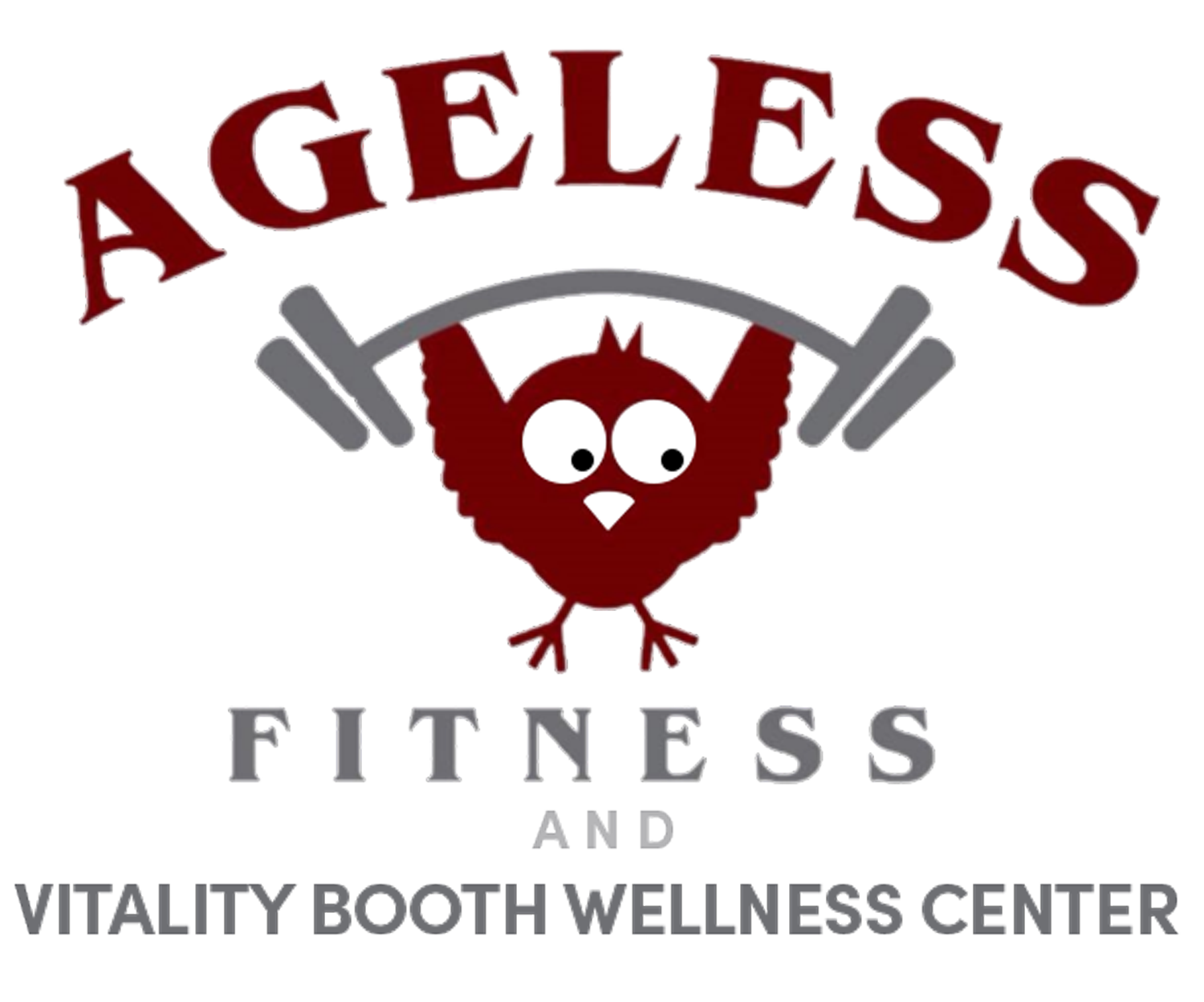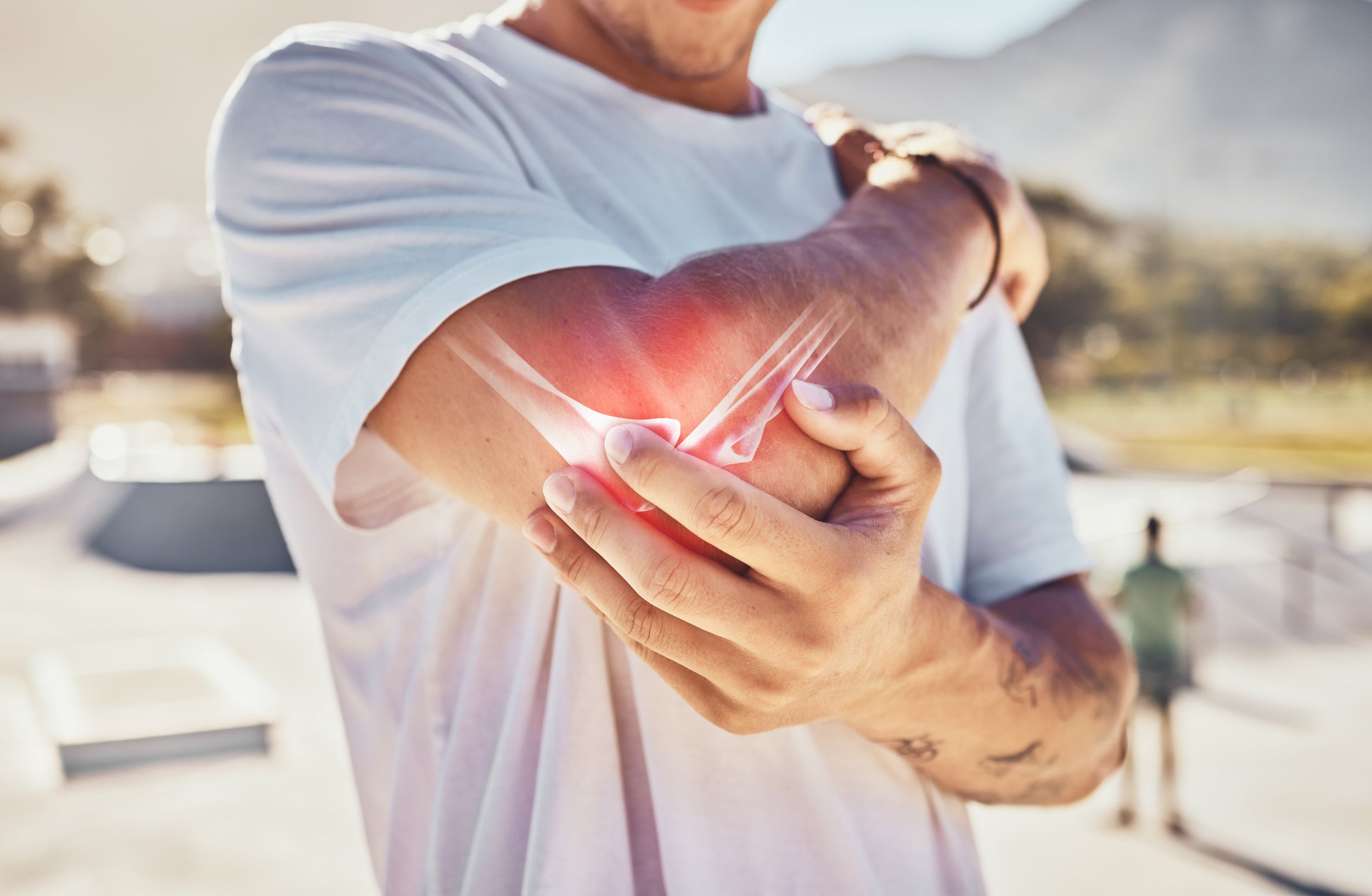Joint Pain Relief: The Power of Expert Guidance in Resistance Exercise
Everyone experiences it as we age: joint pain. My own mother suffered from Avascular Necrosis, also known as “dead hip.” Dead hip is a debilitating condition that develops in the hip joint. This issue starts with a decrease in blood supply to the femoral head or top of the thigh bone. The decreased blood supply results in a progressive destruction of the bone and eventually causes the hip joint to degenerate. My mother did get surgery and received a hip replacement due to the severity of the pain and how much degeneration there was to her hip. After surgery, she went through physical therapy but like a lot of cases, she was only covered for 12 sessions by her insurance. We saw progress but she didn't fully recover, she was still having joint pain and wasn’t able to walk without a limp. About a month or so after being discharged from physical therapy due to insurance running out, her joint pain began to be chronic. She used to walk about three miles a day, but she was barely able to walk a quarter mile, which to her was devastating since she used walking as a therapeutic method. She also had some serious issues with her gait pattern; she couldn’t take more than a few steps without a limp. We also saw some limitations in her daily activities. She was always one that liked to be active and on the move, but she couldn’t sit down and stand up without some sort of assistance. Yet, over time it did get better. Once she started on a consistent workout program with me, she was able to walk without pain and continue doing the things that she loved.
Currently one in three adults in the U.S. is experiencing joint pain or stiffness. As a society we have taken on this idea that we must live with pain, that it’s never going to go away and there is no cure to joint pain or alleviating the symptoms
Now what if I told you, there is a way?
A way to alleviate the joint pain that you currently have and get back to the lifestyle you desire. What If I told you that all you had to do was some resistance training? I’m not saying you must deadlift one thousand pounds. What I am saying is that you can help decrease the pain through corrective exercises and using simple weight resisted exercises. But before we go any further on what exercises are beneficial and how long and how often we should be working out, let’s look at what exactly pain is.
What is Pain?
According to The National Institute of Neurological Disorders and Stroke, pain is described as an unpleasant signal that something hurts. Pain can greatly differ from person to person depending on their pain tolerance. There is more than one type of pain we can feel. Our pain can be acute, or chronic. Acute pain comes from a specific injury or disease. For example, breaking a bone would cause acute pain. Chronic pain is pain that persists over a long period of time that's made worse by environmental or psychological factors. In a lot of cases people who suffer from chronic pain suffer from multiple painful conditions to different joints, or bones.
Primary Causes of Joint Pain
There are five major causes of joint pain and dysfunction:
Posture: It’s the number one non-disease cause of joint pain because of the many different issues that it causes. For instance, it can cause muscle tightness, muscle imbalances, increase stress on joints, and it can compress nerves. Now, I'm sure when you read that you are instantly trying to sit up and correct your seated posture. That’s good, but that's only correcting one aspect of your posture: your static posture. What you also want to be cognizant of is your dynamic posture, which is how you hold yourself when walking, running, and what your posture looks like when you are bending, squatting, reaching for a remote, or twisting your body. The good thing about posture is it’s something we can train and improve. It does require some hard work, but that effort is going towards you living pain-free and being able to do the things you love.
Movement Quality and Variation: Movement quality is composed of neuromuscular coordination (ability of your central nervous system to control muscles), joint proprioception (your body’s ability to sense where exactly it is in space), and fatigue management (improving stabilizer muscles so they won't quit on you).
Muscle Imbalances: This is when you have one or multiple muscles that are stronger or larger than others. When this happens, we have altered movement patterns which can lead us to having problems with our posture, and we will tend to have excessive loading from compensation to specific joints or muscles.
Tendinopathy: Tendinopathy is caused from overuse of muscles. Sometimes it can be caused from a combination of traumatic injury, and stressful repetitive motions.
Arthritis, Aging, & Collagen degeneration: Arthritis is a disease that can be characterized by inflammation and degeneration of the joints. There are two main types. The first one being Rheumatoid Arthritis which is an autoimmune disorder where the body’s immune system attacks its joints’ tissues. Then, there is Osteoarthritis which is the breakdown of cartilage. Most of the pain that comes from arthritis and aging comes from collagen degeneration.
How Do I Fix My Joint Pain with Exercise?
Resistance training is one of the most effective ways to resolve joint pain. Many people think that stretching, doing manual therapy and massage work, or foam rolling will fix these painful issues. And yes, these different resources will help, however they should be secondary to your resistance training. Doing resistance training can slow or even halt muscle atrophy. Resistance training exerts positive effects on both the nervous and muscular system, and it results in profound muscle strength and muscle mass. This is why many professionals say resistance training should be the first line treatment strategy for any muscle atrophy.
What is Resistance Training?
Studies show that aging adults can gain nearly 2.5 pounds of lean muscle and they can increase their overall strength anywhere from 25-30% by just doing consistent resistance training for four to five months. Consistent resistance training consists of setting aside a certain number of days each week to dedicate towards exercise for thirty minutes to an hour. You also need to be making sure you’re doing exercises with proper form. Proper form includes making sure you're exhaling during the hardest part of the exercise and breathing in on the easier portion. Exercising with resistance is when you exercise against a force. The force could be a dumbbell, it could be a band, or it could be a weighted machine. Your resistance training doesn’t need to be heavy weights. By utilizing bands, weighted machines, or even using ten-pound dumbbells, you will see a difference if your resistance training program is put together correctly.
Some examples of good resistance exercises include rows, lat pull downs, and dumbbell front raises. You can build muscle and increase your strength in a relatively short amount of time with resistance training, you just need to be consistent.
Why it is Vital to Work Out with a Certified Trainer with Physical Therapy Background
Could you design a program on your own? It’s possible, but not having an expert guide with a background in physical therapy could lead to injuries or worsened conditions. There are mistakes that can be made even by personal trainers. For instance, the biggest mistake many trainers make is by doing exercises that are super heavy on the upper body and don’t focus enough on creating a stronger lower half for someone looking to get rid of joint pain. A trainer with a PT background may be more familiar with the issues that come from having injuries or joint pain and be more specialized in helping you build a strong core and legs. Having a stronger core will help stabilize the spine and prevent injuries for your back. Having stronger legs will help in preventing recruitment of other muscles to help lift something. Your certified trainer has the expertise to make sure you are focusing on the needed areas with the proper form. They will take into account what your limitations and movement dysfunctions might be, and they will create a specialized plan to make sure your exercises target the areas that need to be worked on to maximize your training sessions and help you lessen or even alleviate your pain.
Exercise Recovery
Exercise is important, but you also need to rest and recover. When we exercise, we create very tiny tears in our muscles. When this happens our body naturally will build up stronger muscle tissue, which is a good thing. However, in some cases we might not give our body enough time to recover. When you don’t give your body enough time to rest you are overtraining, and this can lead to injury. When you work with a trainer, they will be able to tell you if you are doing too much and you need to take a day off. They are also able to give you the right kind of recovery session that your body needs.
A recovery session is more than just laying around and relaxing. Some rest and recovery methods may include changing up the exercises to something that's very low impact and incorporating stretches. It might mean a person needs more massage work. In some cases, high-tech modality like Normatec compression boots can be used for lower extremity pain. Other methods could include spending some time in a cryotherapy chamber after a hard week of training to increase circulation, getting red light therapy or enjoying time in a sauna. A recovery session is a focused approach to healing a person's body that your trainer can recommend based on your specific needs.
How Often do I Need to do Resistance Training?
This is the biggest question of all. How often do I need to go to the gym and do resistance training to help alleviate my joint pain? The answer to that question is two times a week. All you need is two times out of your week for some resistance training and you will see significant improvement in muscle strength, joint integrity, and most of all you will be able to move and do all the things you love doing with way less pain.
My mom is back to taking her walks and feeling better. She even has the strength to help with her newest grandson, my six-month-old, Gianni. If she were to give you advice, she’d say the biggest key is staying consistent. However, making sure you do the right exercises with the right repetition and the proper recovery periods are also key. A trainer with a physical therapy background can help. And if you need help with accountability, book a session with us now and we will help you get the ball rolling on living pain-free.
References:
Hogan, S. H. (2021). Built from broken: A science-based guide to healing painful joints, preventing injuries, and rebuilding your body. Salt Wrap.
Law, T. D., Clark, L. A., & Clark, B. C. (2016). Resistance exercise to prevent and manage sarcopenia and dynapenia. Annual Review of Gerontology and Geriatrics, 36(1), 205–228.
Taheriazam, A. (2016). Bilateral Total Hip Arthroplasty in Femoral Head Avascular Necrosis: Functional Outcomes and Complications.
Types of Pain: Acute, Subacute and Persistent Pain. (n.d.). Core Concepts.

